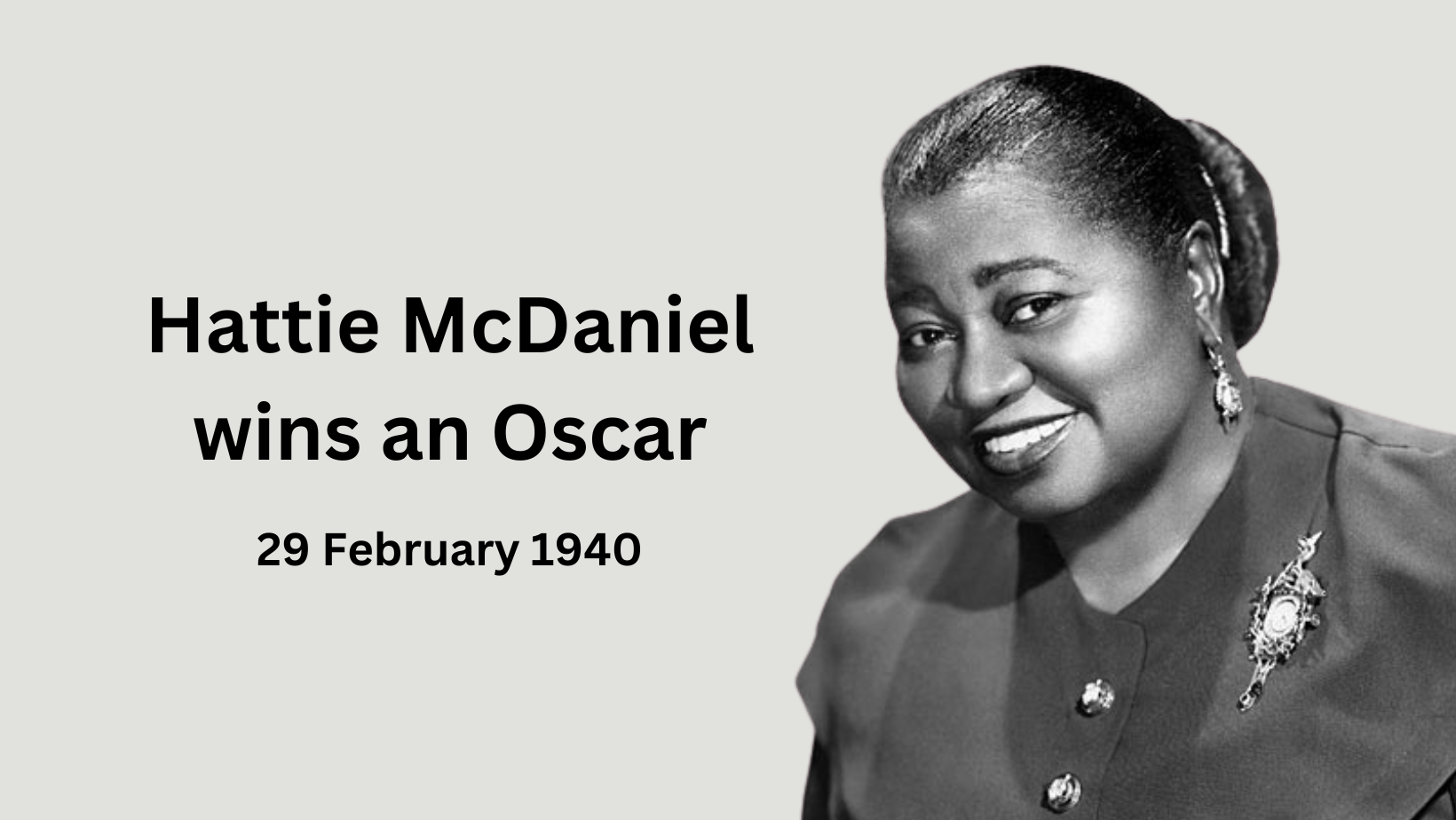On the leap day in 1940, Hattie McDaniel made history as the first person of colour to both attend the Oscars ceremony and to win one. Hattie McDaniel’s Oscar’s own history reflects her complicated place in history: side-lined by the White Hollywood establishment and challenged by radical Black activism.
Continue reading “Hattie McDaniel and her Oscar”
Every day women have, and are, making history. Discover their stories.
